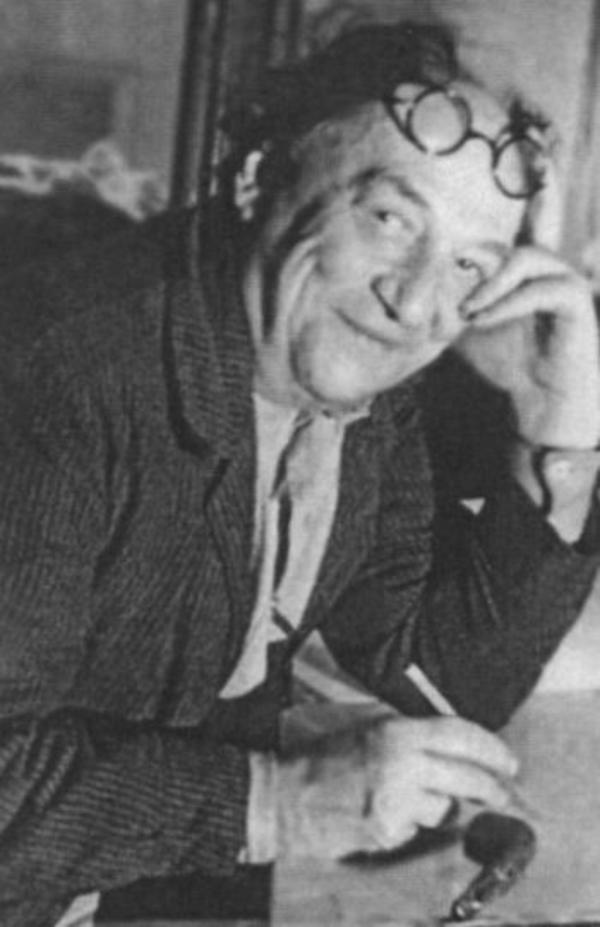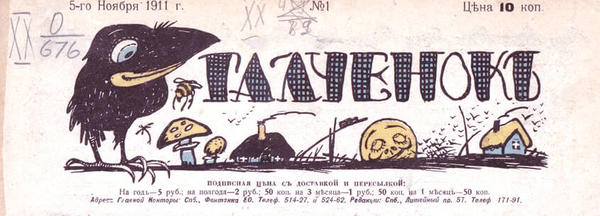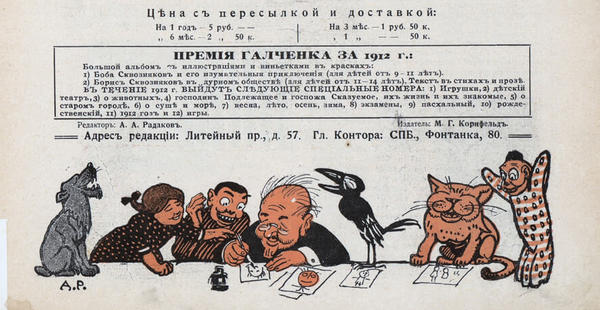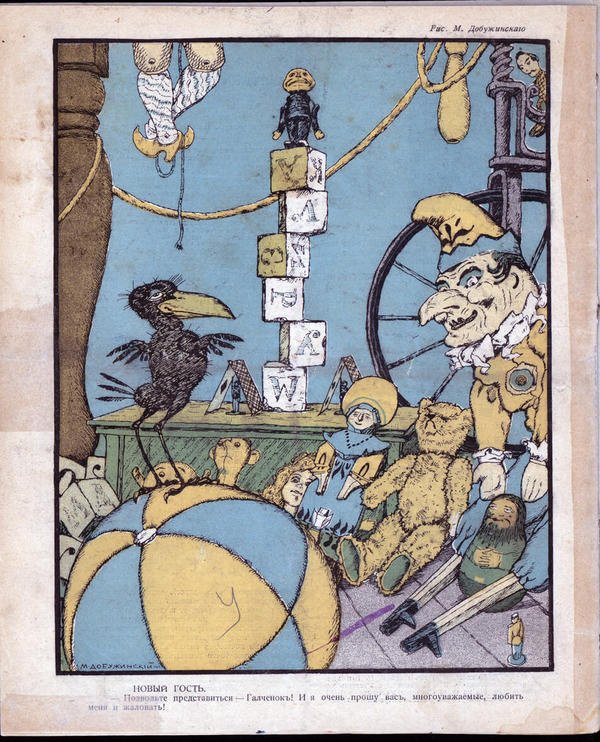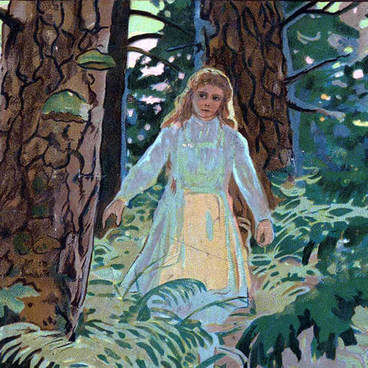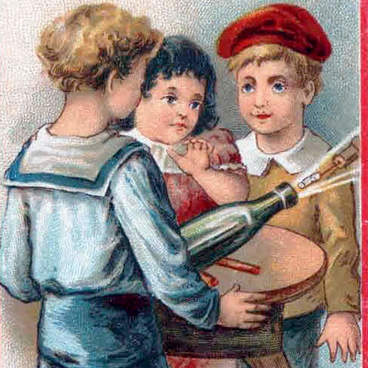In 1911, a group of satirists and caricaturists under the supervision of Aleksei Radakov decided to create a completely new children’s magazine called “Galchyonok.”
A. Radakov got his friends together. Among them were: A. Benois, M. Dobuzhinsky, A. Arnshtam, H. Narbut, S. Gorodetsky, A. Averchenko, I. Bilibin, M. Gorky, A. Kuprin and others. Their ethical and aesthetic views were openly declared in publications of the magazine.
A. Radakov got his friends together. Among them were: A. Benois, M. Dobuzhinsky, A. Arnshtam, H. Narbut, S. Gorodetsky, A. Averchenko, I. Bilibin, M. Gorky, A. Kuprin and others. Their ethical and aesthetic views were openly declared in publications of the magazine.






